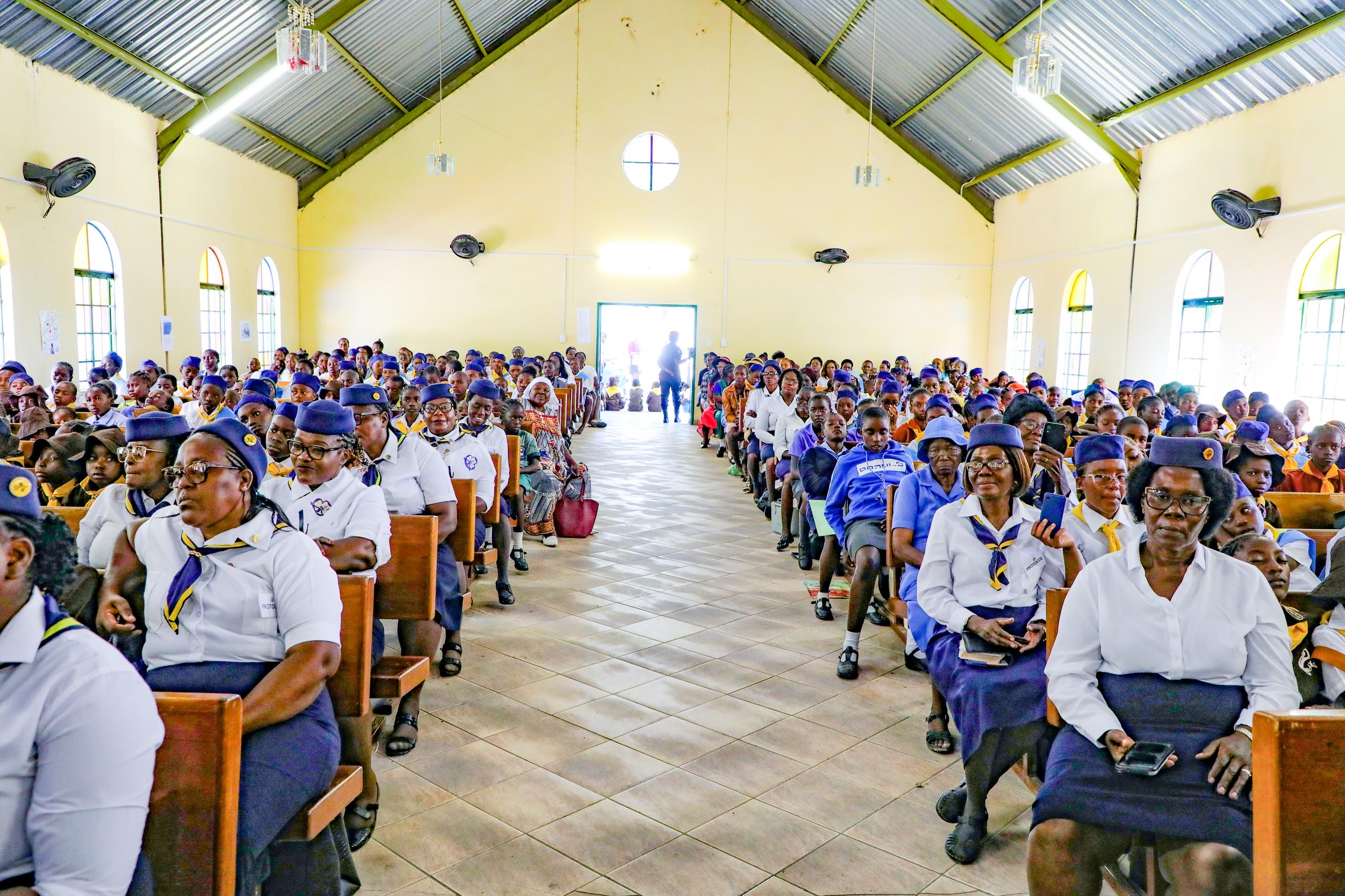REGARDING Nampower’s recent press release of its plans to make Namibia self-sufficient in electricity supply by 2013, I see there are no plans for renewable energy or power saving.
It is well known that it costs about a quarter as much to save one megawatt as to generate one megawatt. The cost of the proposed 50 MW diesel station at Walvis Bay is N$600 million, which works out at N$12 000 per Kilowatt.If you take the average hot-water geyser as consuming 3 KW then 16 000 houses would consume 50MW.The cost of converting 16 000 houses to solar water heating would cost about N$10 000 per house which totals N$160 million.Of course the geysers would not all be on at the same time so if you double the amount of houses fitted with solar you still only come to N$320 million.This is of course ignoring the running cost of the diesel plant.If the mining companies are going to contribute to the plant that is OK while they are still operating, but what happens when they close down eventually? Similarly there has been no word of the amount of power required for the desalination plant.I recently read about a similar plant being built in Western Australia which has a 80MW wind power plant to power it.Why don’t we do the same here? The additional turbine at Ruacana is also dependent on the water flow of the river so you cannot rely on this without extensive work on the Gove dam in Angola to regulate the flow.If the Government concentrated on the supplying the basics such as water and electricity instead of involving itself in numerous activities that the private sector could do, we would not be in this mess.After the big fanfare last year about fitting solar water heating to all new Government buildings, how many have actually been fitted so far? Chris King, Walvis BayThe cost of the proposed 50 MW diesel station at Walvis Bay is N$600 million, which works out at N$12 000 per Kilowatt.If you take the average hot-water geyser as consuming 3 KW then 16 000 houses would consume 50MW.The cost of converting 16 000 houses to solar water heating would cost about N$10 000 per house which totals N$160 million.Of course the geysers would not all be on at the same time so if you double the amount of houses fitted with solar you still only come to N$320 million.This is of course ignoring the running cost of the diesel plant.If the mining companies are going to contribute to the plant that is OK while they are still operating, but what happens when they close down eventually? Similarly there has been no word of the amount of power required for the desalination plant.I recently read about a similar plant being built in Western Australia which has a 80MW wind power plant to power it.Why don’t we do the same here? The additional turbine at Ruacana is also dependent on the water flow of the river so you cannot rely on this without extensive work on the Gove dam in Angola to regulate the flow.If the Government concentrated on the supplying the basics such as water and electricity instead of involving itself in numerous activities that the private sector could do, we would not be in this mess.After the big fanfare last year about fitting solar water heating to all new Government buildings, how many have actually been fitted so far? Chris King, Walvis Bay
Stay informed with The Namibian – your source for credible journalism. Get in-depth reporting and opinions for
only N$85 a month. Invest in journalism, invest in democracy –
Subscribe Now!










